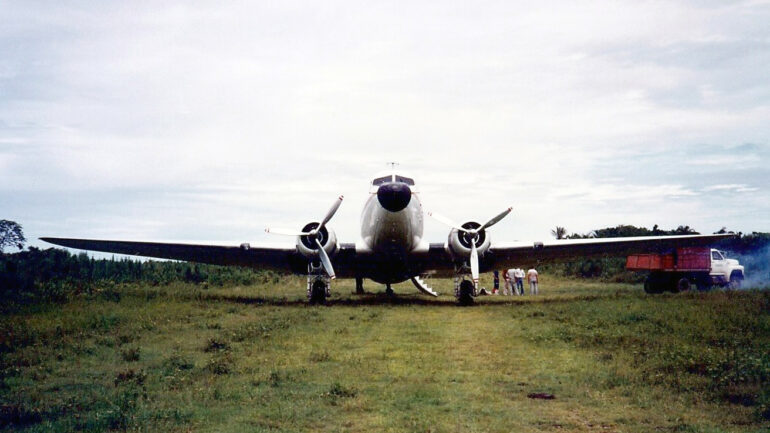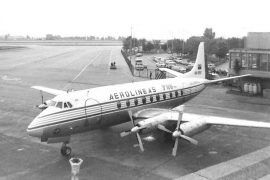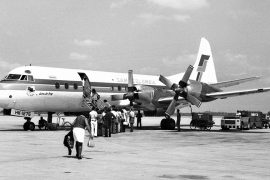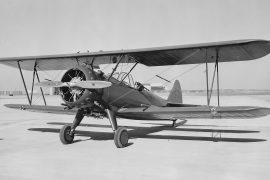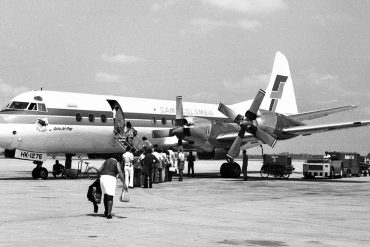For decades, the distinctive roar of piston engines echoed across the plains of Villavicencio, Casanare, and their neighboring departments in eastern Colombia. Douglas DC-3s and DC-6s once shared these skies with Curtiss C-46s, their sounds a daily symphony in a region where aviation history seemed frozen in time. Today, while most of these magnificent aircraft have fallen silent, their legacy remains etched in both the history and the soul of the Llanos Orientales.
This remarkable chapter of aviation history has been masterfully captured in “El Alcaraván” by renowned Colombian journalist and author Germán Castro Caycedo. The book, which has warranted multiple editions, weaves together three decades of stories about both the machines and the men who flew them. Through detailed biographies of aircraft (referenced by their registration numbers, like the famous “Trece Cuarenta” HK-1340) and their pilots, Castro Caycedo preserves a compelling portrait of bush flying in one of Latin America’s most challenging environments.
The book’s title cleverly draws a parallel between these aircraft and the alcaraván, a native bird species that mastered life in the eastern plains. Like the short-tailed bird that knew its environment intimately, the DC-3s and their crews developed a similar mastery of their domain. Through Castro Caycedo’s narrative, readers gain insight into a world where aviation operated at its most elemental – where aircraft arrived before electric lighting, and where horses remained more practical than automobiles for many journeys.
The tale of aviation in Colombia’s Llanos Orientales—comprising the departments of Meta (capital Villavicencio), Casanare (capital Yopal), Arauca (capital Arauca), and Vichada (capital Puerto Carreño)—began much earlier than many realize. The region’s relationship with aviation first took root in the late 1930s, when German pilots from SCADTA (Sociedad Colombo Alemana de Transportes Aéreos) initiated exploratory flights using Junkers F13 seaplanes. A landmark account from this period is Luis Eduardo Nieto Caballero’s book “Vuelo al Orinoco” (Flight to the Orinoco), published in 1935, which chronicles a journey in a Junkers JU-52 fitted with floats and piloted by two German aviators.
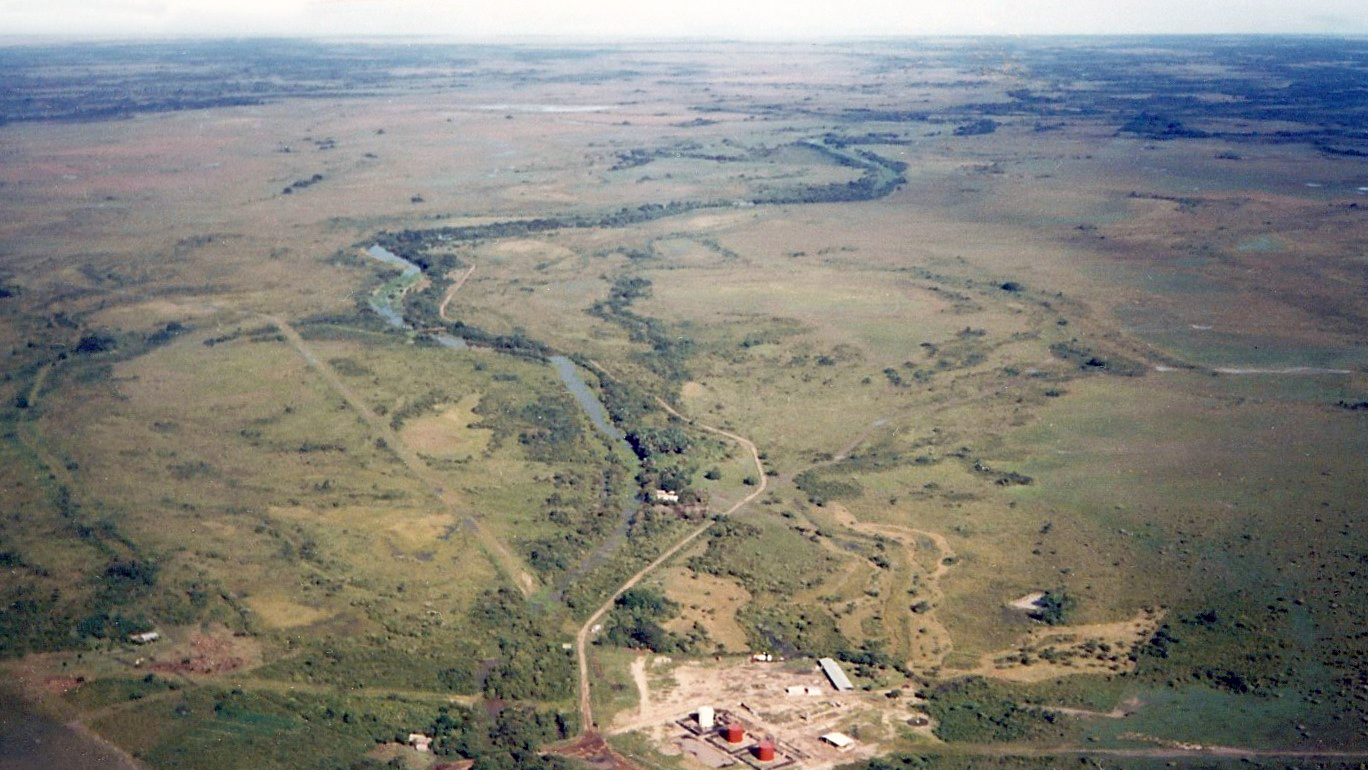
The geopolitical landscape of early aviation took a dramatic turn in 1939 when the United States government accused SCADTA’s German employees of planning potential attacks on the Panama Canal, allegedly using airfields in the Llanos Orientales as strategic points. By 1940, all German employees had been removed from SCADTA, effectively ending the airline’s pioneering German leadership. Concurrently, Colombia’s Military Aviation, as the Air Force was then known, stepped into the void, conducting its own significant exploration flights across the region’s challenging terrain.
After World War II, surplus military aircraft found new purpose serving communities isolated by the imposing Cordillera de los Andes to the west and vast Amazon jungle to the south, building upon the foundational exploration work of the previous decade.
The Douglas DC-3, in particular, became emblematic of the region, demonstrating remarkable adaptability to the challenging conditions of the Llanos. These aircraft, through decades of service, proved themselves as reliable and resourceful as their avian namesake. Now, with only a handful of these historic aircraft still occasionally operating, Castro Caycedo’s work serves as a vital historical record of a vanishing era.
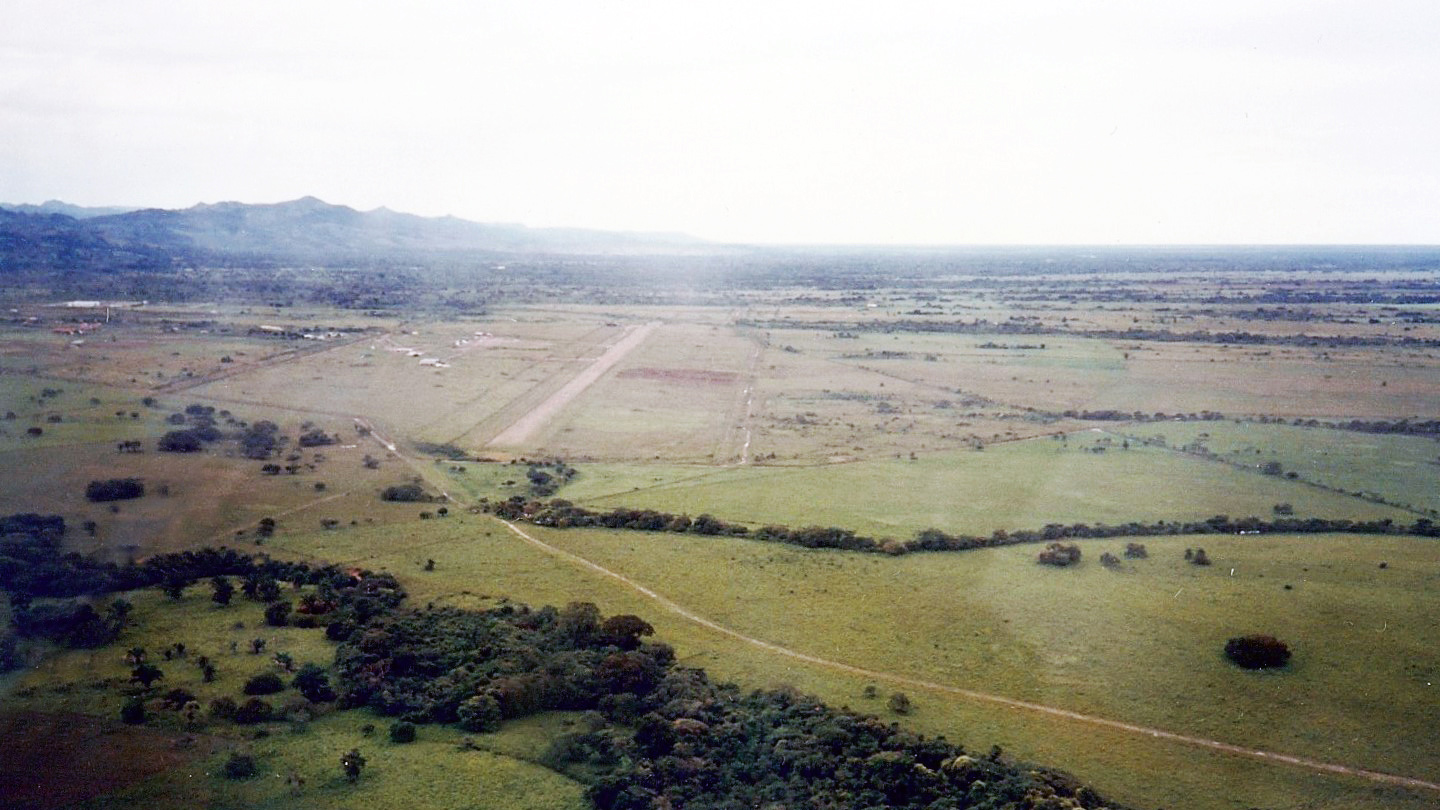
What made these vintage aircraft so perfectly suited to the region? The answer lies in a combination of geographical necessity and practical engineering. The eastern plains presented a unique operational environment where modern aviation amenities were scarce, and reliability trumped sophistication. Nine-month rainy seasons, unpaved airstrips, and minimal maintenance facilities would have challenged even modern aircraft. Yet the DC-3, with its robust construction and forgiving nature, thrived where newer designs might have faltered.
The challenges these aircraft and their crews faced daily now seem almost mythical. Many airstrips doubled as grazing fields, marked only by white-painted metal triangles at each end. Pilots often performed high-speed passes to scatter cattle from the runway – though locals spoke warily of the “vaca sorda” (deaf cow) that refused to move, necessitating careful maneuvering to avoid collision. During the rainy season, pilots circled their landing strips, searching for telltale reflections that would indicate dangerous water accumulation.
The region developed its own unique aviation culture, complete with legendary figures like Tomás Caicedo, known as “the pilot-compass” for his uncanny ability to navigate using only natural references. Such skills proved invaluable in an environment where Visual Flight Rules (VFR) dominated, and pilots relied more on knowledge of local mountains and seasonal sun positions than on modern navigation equipment.
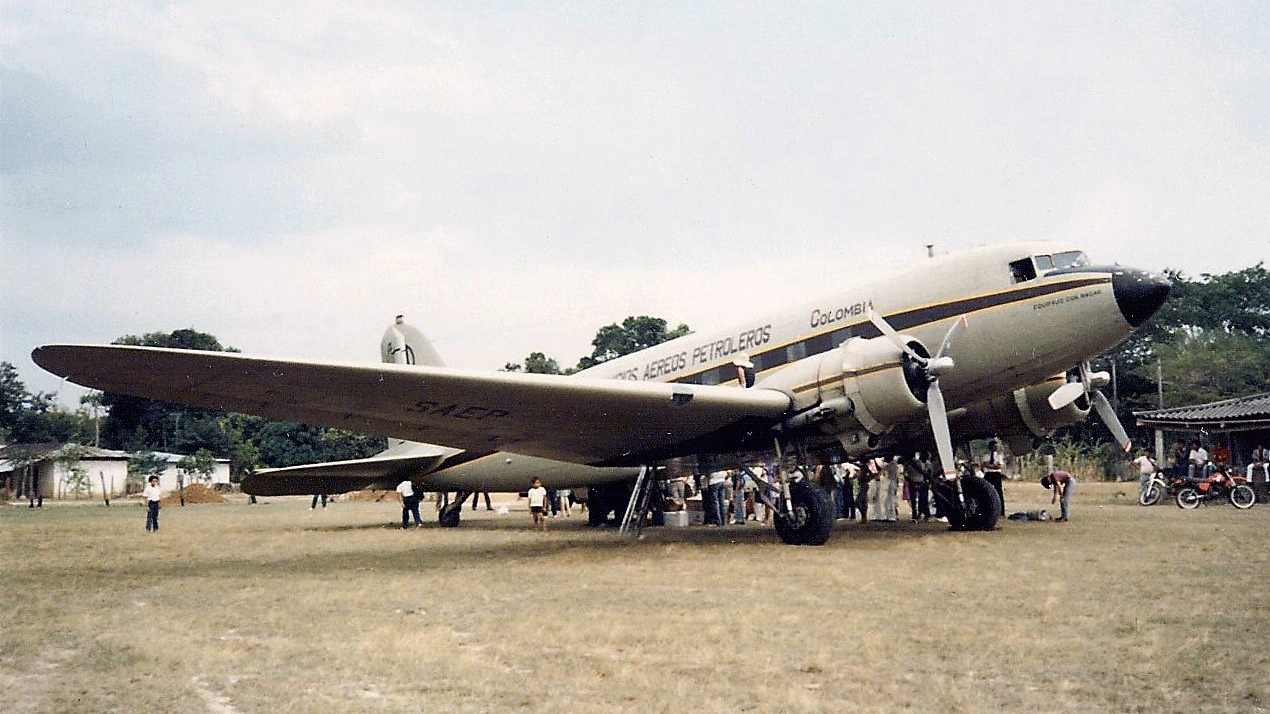
Maintenance practices in the Llanos blurred the line between standard procedure and ingenious improvisation. Local mechanics spoke of employing “trickiness, intuition, and creativity” to keep their aging fleets airworthy. One particularly remarkable case involved a DC-3 dubbed “Moisés” (DC-3A registration HK-772, c/n 11743, ex-USAAF 42-68816) after its resurrection from a river where it had rested at a depth of 20 meters for several months. Using floats from a Catalina and considerable ingenuity, maintenance crews successfully refloated the aircraft, took her to Mitú and returned her to service after an incredibly thorough restoration work– a testament to the resourcefulness that characterized aviation in the region.
Several airlines operated in this challenging environment over the decades. LACOL, Air Colombia, and ARCA maintained regular services with DC-3s and DC-6s. Aerolíneas La Urraca operated an eclectic fleet including DC-3s, C-46s, B-18s, Catalinas, and Dart Heralds. By the late 1970s and 1980s, the first wave of modernization arrived in the form of twin-turboprop aircraft. Aerotaca and Aires introduced the Dutch-built Fokker F-27 Friendship, while Aires also operated the compact Brazilian-built Embraer EMB-110 Bandeirante. These aircraft, with their pressurized cabins and turbine reliability, signaled the beginning of the end for the venerable piston-engined workhorses that had defined the region’s aviation landscape for generations.
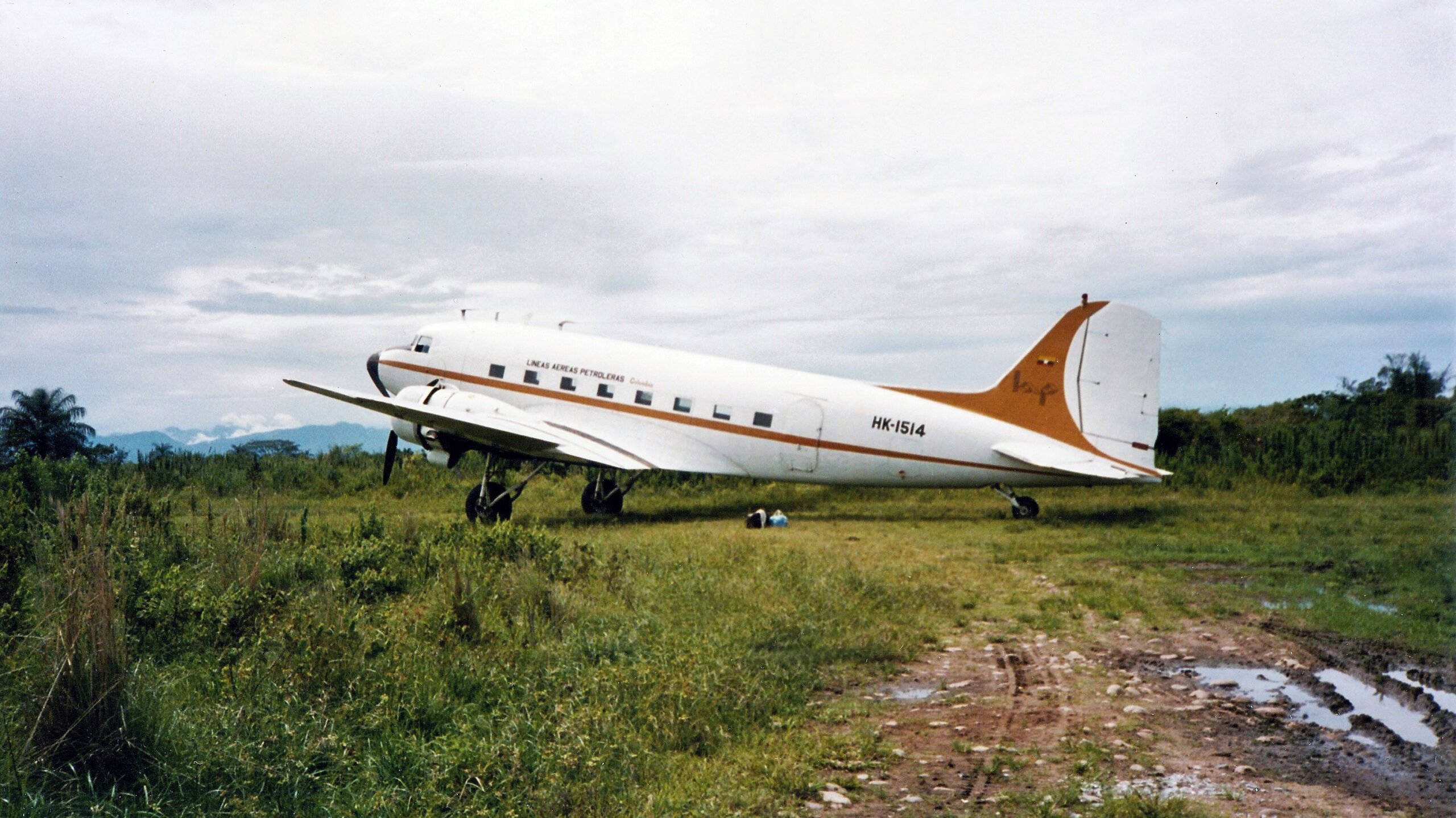
Operating aging aircraft in such unforgiving terrain exacted a heavy toll. A solemn monument near Vanguardia airport in Villavicencio bears silent testimony to this reality, its engraved names chronicling decades of pilots who never returned from flights over the plains and mountains. Yet for every tragedy, there were remarkable stories of airmanship and survival. On February 30, 1996, LANC flight HK-2497, a Douglas DC-3 piloted by Captain Ricardo Medina, suffered catastrophic failure in its left Pratt & Whitney R-1830 engine shortly after takeoff from Vanguardia. Despite losing power at barely 1,900 feet and facing “continuous explosions” from the damaged engine, Medina and copilot Raúl Salcedo successfully executed an emergency landing that saved all 17 passengers and crew. The official Aeronáutica Civil accident report would later determine that improperly adjusted intake valves in cylinders 8 and 9 had seized in the open position, demonstrating how mechanical minutiae could spell disaster in this unforgiving environment.
Today, modern turboprops with advanced avionics have completed the transformation of aviation in the Llanos that began decades ago. The infrastructure limitations—particularly the unpaved and short runways—continue to shape the region’s air transportation. Yet the legacy of the DC-3 era extends far beyond aviation history. These aircraft fundamentally altered the development trajectory of eastern Colombia, serving as lifelines when no alternatives existed. They delivered medicine to remote outposts during epidemics, evacuated the critically ill during emergencies, and enabled commerce that would have been impossible given the region’s limited road infrastructure. The pilots who flew them became cultural icons—figures who represented connection to the outside world for generations of llaneros. While newer turboprop aircraft now traverse these routes with greater reliability, they follow air corridors first charted by bush pilots who navigated by memory, instinct, and the position of the sun.
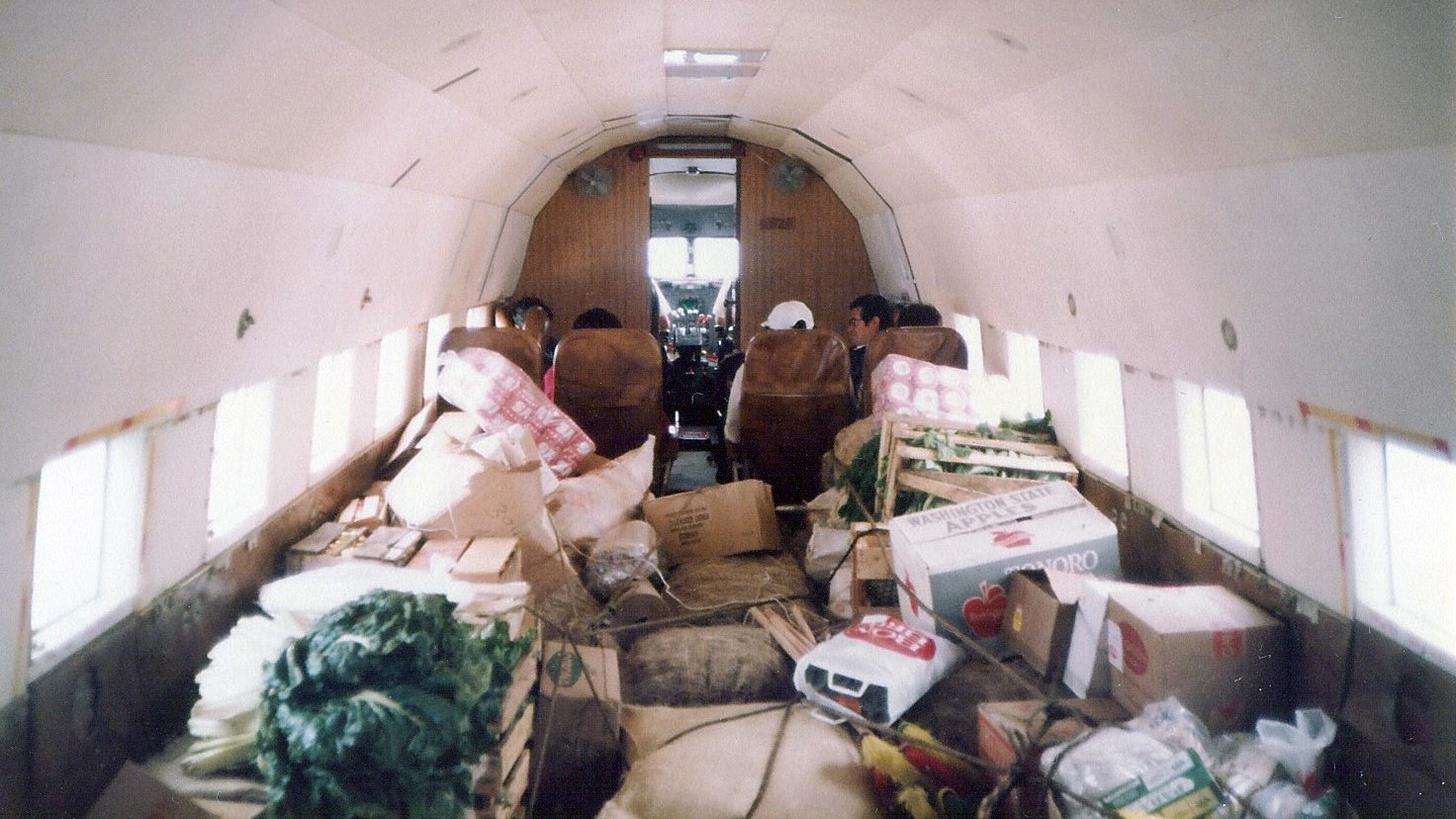
Castro Caycedo’s “El Alcaraván” stands as an important historical document, preserving the memory of an aviation era that has largely passed into history. The book ensures that future generations will understand how these magnificent machines and their dedicated crews mastered one of aviation’s most challenging environments. In its pages, the distinctive sound of radial engines continues to echo across the plains, a reminder of when the DC-3s ruled the skies of eastern Colombia.
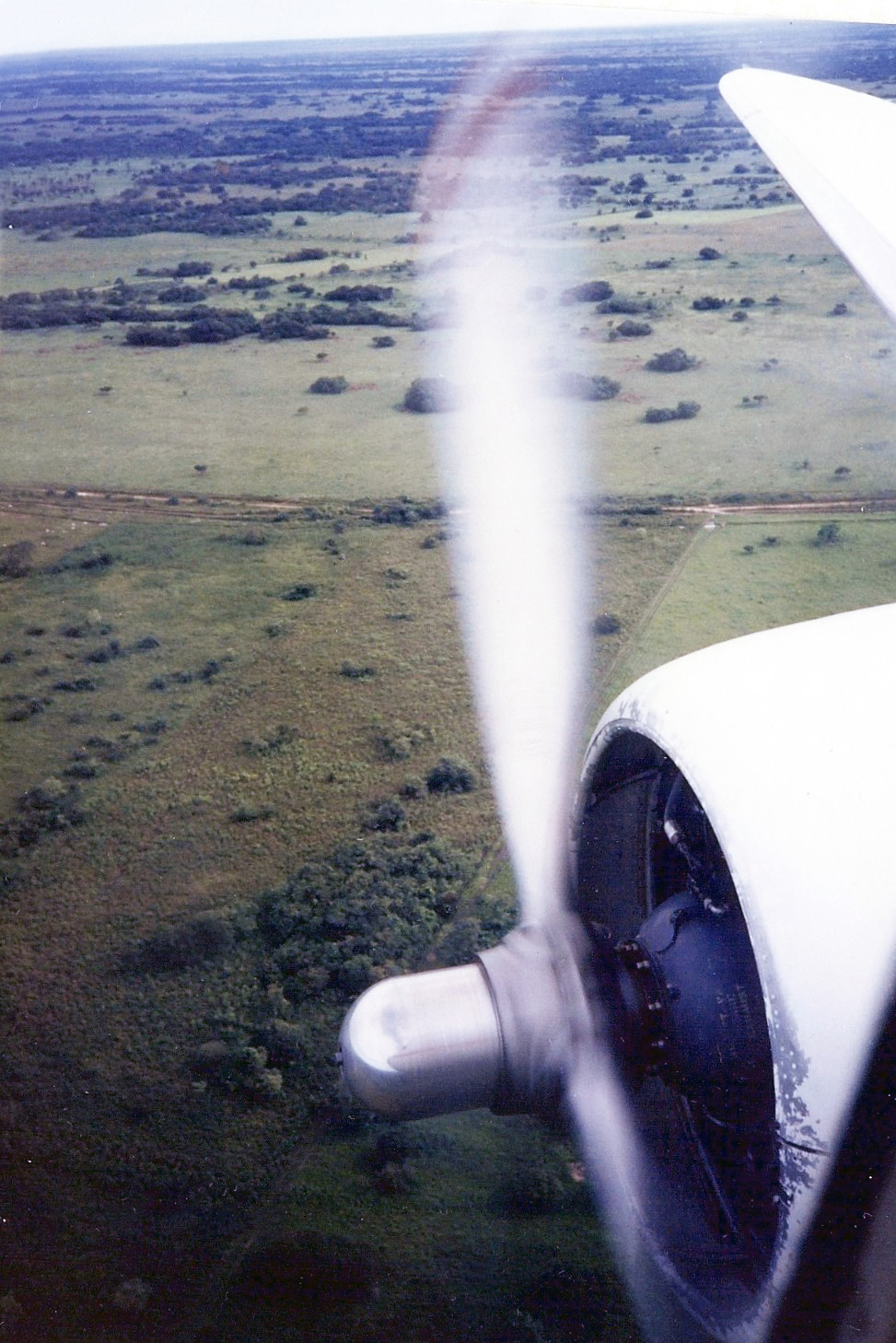
I’d like to thank Jaime Escobar for his generous contribution of photographs to this article. Jaime’s exceptional expertise as an aviation historian and his consistent dedication as a collaborator with the Latin American Aviation Historical Society have been invaluable to our documentation efforts. His meticulous attention to detail and comprehensive knowledge of Colombian aeronautical developments continue to enhance the quality and historical accuracy of our publications. We are deeply grateful for his continued support of our mission to preserve and share Latin America’s rich aviation heritage.

